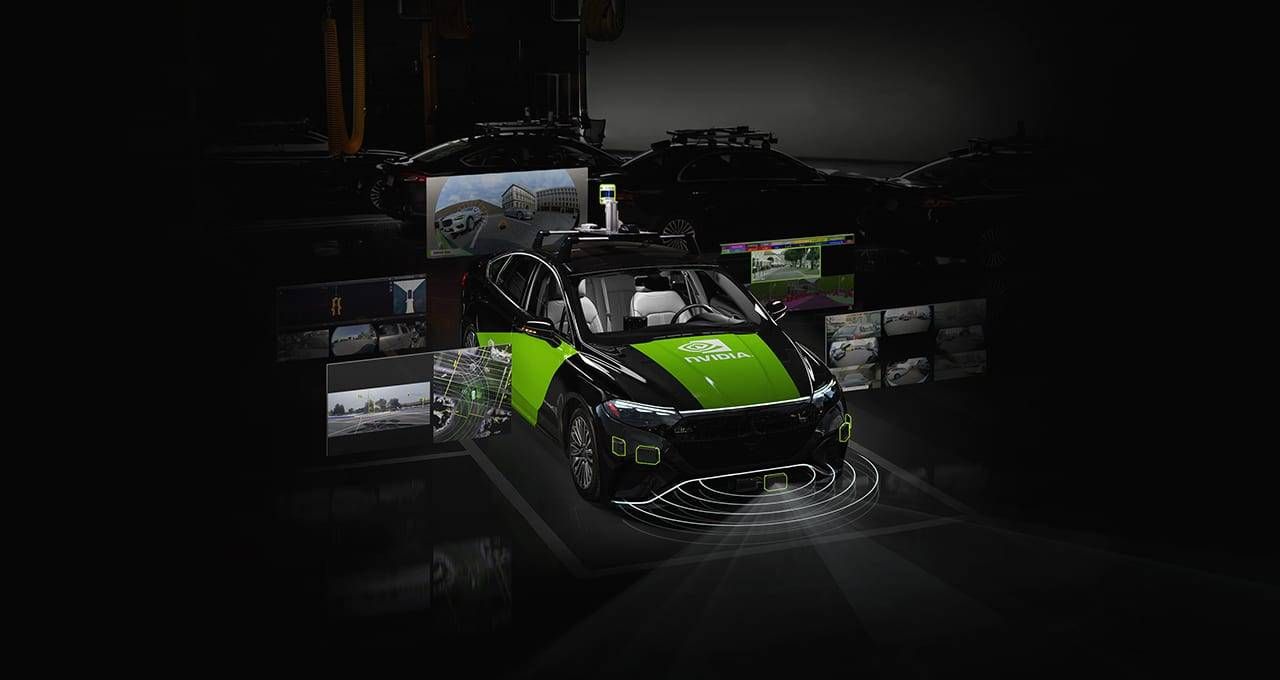China is leading the race to develop robotaxis, self-driving vehicles that promise to radically transform urban transport. Cities like Wuhan, the leader in this sector and the capital of the central province of Hubei, are seeing a growing use of these futuristic vehicleswhich offer a safe, convenient and comfortable travel experience. The most widespread service is Apollo Go, developed by the Chinese internet giant Baidu. As of October 2024, Apollo Go had over 400 fully driverless vehicles in Wuhan, covering an area of over 3,000 square kilometers. In some areas of the city, the service is available 24 hours a day for tests and demonstrations.
The proliferation of self-driving venomous and icoli services is favored by an ever-evolving regulatory framework. In recent years, the Chinese government has issued a series of policies to promote and regulate the entire automotive vehicle technology industry, covering road testing, registration and accident liability.
As of April 2018, Three central authorities have jointly published guidelines for on-road testing of smart connected vehicles. A significant update has arrived in July 2021, allowing vehicles that have successfully passed tests to transport people and goods, while expanding test areas including highways and urban streets.
These policies laid the foundation for the development of the sector, providing companies with clear guidelines to follow. As of August 2024, Chinese public security authorities had issued a total of 16,000 test licenses for autonomous vehicles, and 32,000 kilometers of roads had been opened nationwide for testing of these vehicles.
Megacities such as Chongqing, Beijing, Shanghai and Guangzhou are home to the birth of numerous specialized companies such as Apollo Go, WeRide and Pony.ai., thanks also to the key role that local administrations are playing in encouraging the creation and development of high-tech demonstration areas for the autonomous driving of robotaxis. In September 2020, Beijing launched the first zone covering 600 square kilometers and equipped with cutting-edge smart infrastructure. In the meantime, with the approval of new regulations that fit into the general regulatory framework indicated by the governmentBeijing has allowed companies to offer robotaxi services on designated test routes connecting the demonstration zone to two of the city’s major transportation hubs: Beijing South Railway Station and Beijing Daxing International Airport.
In a short time China has created an ecosystem favorable to the development of robotaxis through a series of policies that have simplified road tests, expanded testing areas and defined clear rules for civil liability. This approach has allowed Chinese companies to operate in a more flexible environment and accelerate development times. According to Pony.ai, the number of robotaxis on the road is expected to reach 100,000 vehicles by 2030when the share of robotaxis in the overall transport market will be between approximately 10% and 20%.
The value of China’s self-driving taxi industry is expected to reach 1.3 trillion yuan (about 180.83 billion US dollars) by 2030, accounting for 60% of the country’s ride-hailing market in that period, according to forecasts by global consultancy IHS Markit.
In Europe, the approach to autonomous driving is generally more precautionary. European regulations, although constantly evolving, impose very rigorous safety requirements and require a long approval process before an autonomous vehicle can circulate on public roads.
However, several European countries are investing in pilot projects and infrastructure dedicated to autonomous driving. Germany, France and the Netherlands are among the most active in this sector, with companies such as Waymo and Argo AI testing their vehicles on European roads. Italy can boast the AIDA project of the Polytechnic of Milan, among the most interesting in the world.

The United States presents a more fragmented landscape, with regulations that vary from state to state. California, in particular, is considered a hotspot for self-driving vehicle testing, thanks to a startup-friendly climate and diverse road infrastructure. However, the lack of unified federal legislation is slowing down its development on a national scale. The birth of the industrial system is left mostly to the initiative of giants such as CEO Jensen Huanh’s NVIDIA, Tesla, Waymo and Cruise, at the forefront of the development of self-driving vehicles, with road tests and pilot projects in several cities across the country.








